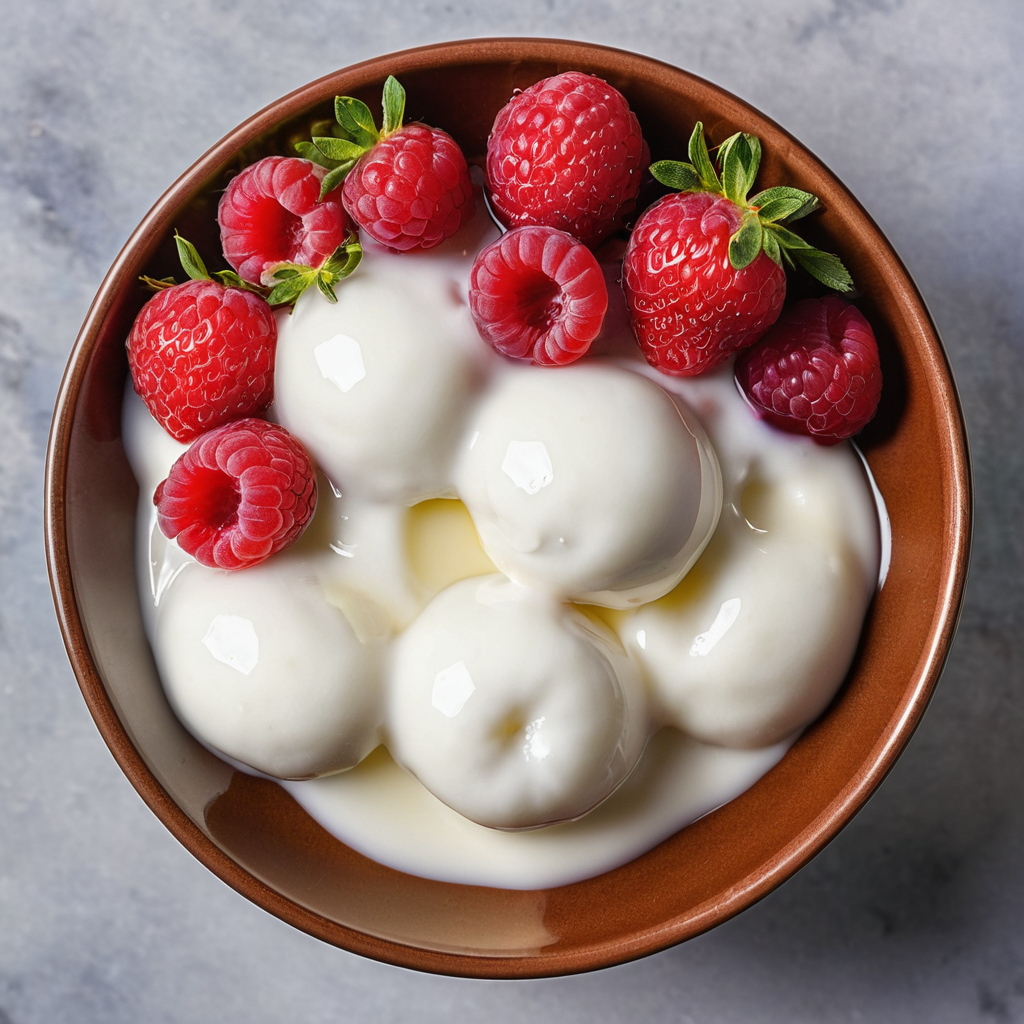How to Make Perfectly Round Yogurt Balls
If you’re looking to impress your guests with a unique and delicious dessert, why not try making spherical yogurt? This molecular gastronomy recipe is based on the reverse spherification technique, which is great for ingredients rich in calcium like yogurt. With a little bit of patience and some basic kitchen equipment, you can create a stunning and tasty dessert that will leave your guests in awe.
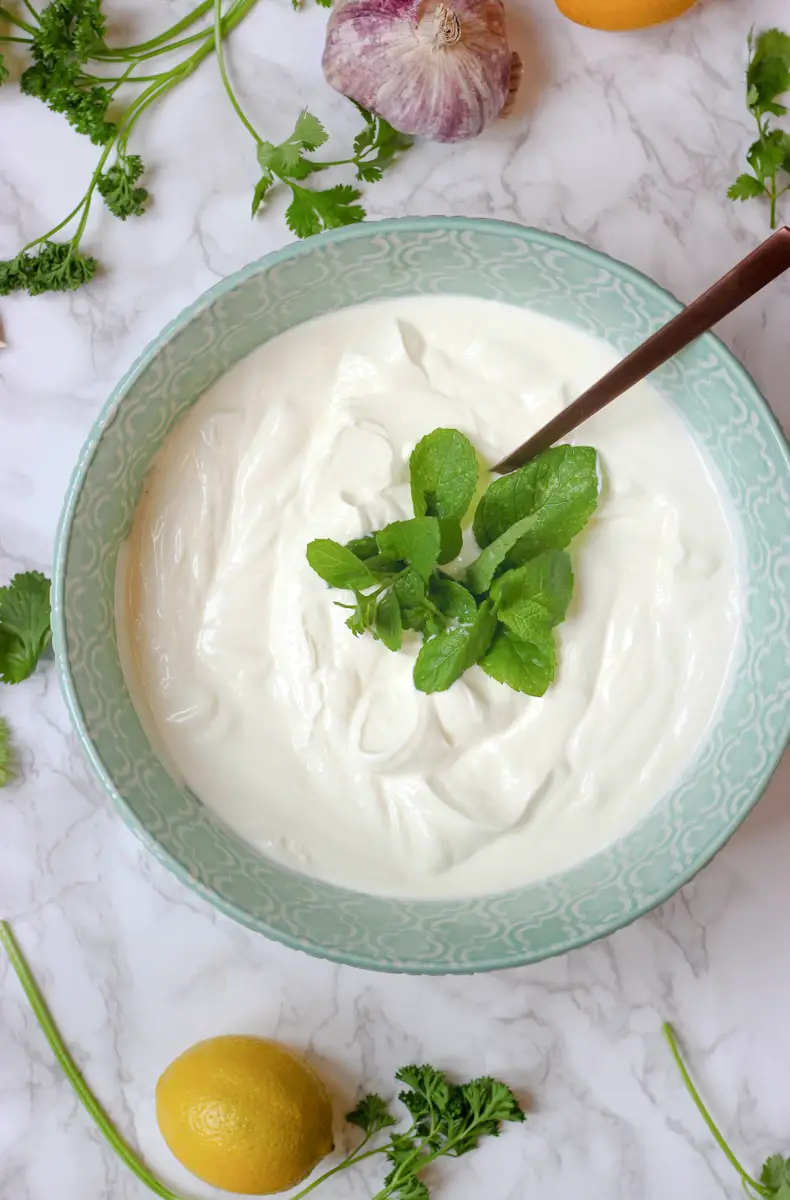
To make spherical yogurt, you’ll need plain yogurt (not low-fat or no-fat), sodium alginate, and calcium lactate. The reverse spherification technique involves creating a bath of sodium alginate and dropping small blobs of yogurt into it. The sodium alginate reacts with the calcium lactate in the yogurt, creating a thin membrane around each blob and turning it into a sphere. The result is a unique and visually stunning dessert that is sure to impress.
While it may sound complicated, making spherical yogurt is actually quite simple once you get the hang of it. With a little bit of practice, you’ll be able to create perfectly spherical yogurt spheres that are bursting with flavor. So why not give it a try and see for yourself how easy it is to create this impressive dessert?
History of Spherical Yogurt
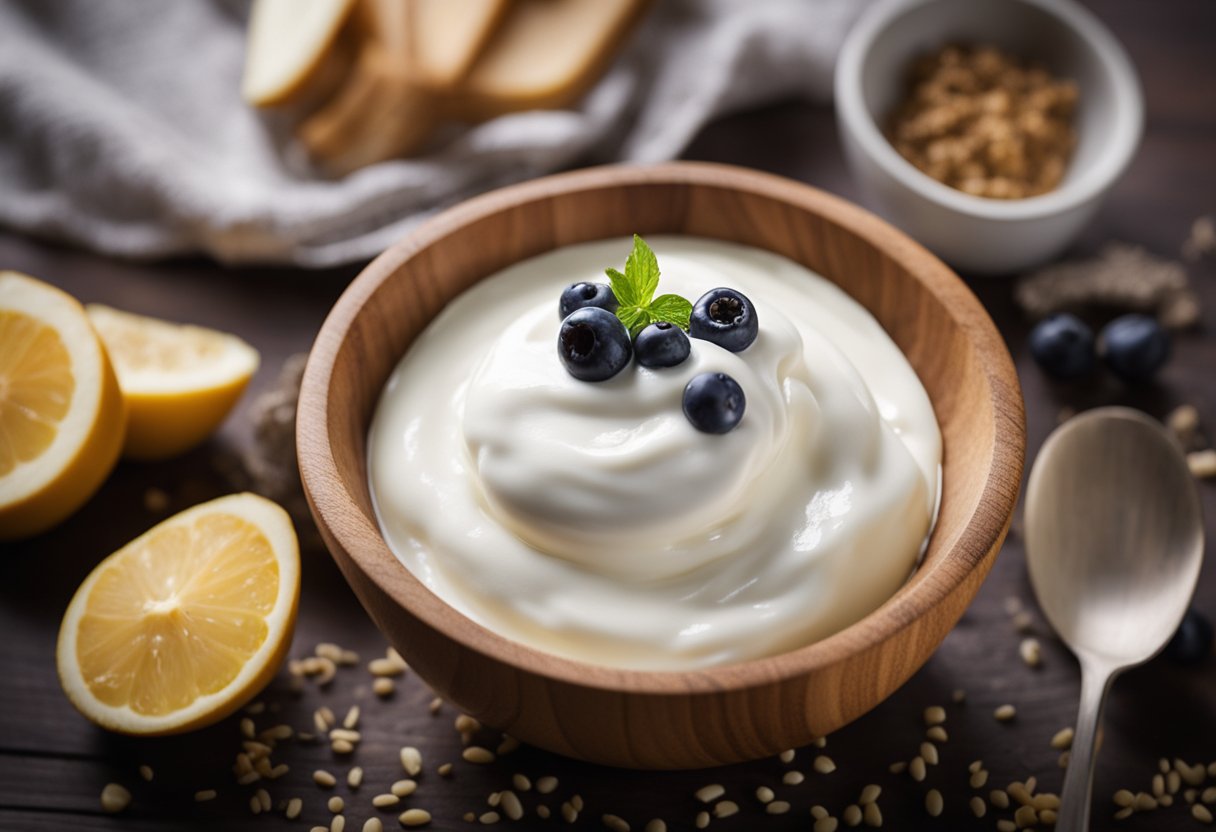
Spherical Yogurt is a molecular gastronomy technique that involves creating small, spherical shapes of yogurt using a process called reverse spherification. The technique was first developed in the early 2000s by Ferran Adria, a Spanish chef known for his innovative and experimental cooking style.
The idea behind spherical yogurt was to create a visually appealing and unique way to serve yogurt, as well as to enhance the flavor and texture of the dish. The technique quickly caught on in the culinary world and has since been used in a variety of different dishes, from appetizers to desserts.
To create spherical yogurt, the yogurt mixture is first combined with a solution of sodium alginate, which helps to form a gel-like membrane around the yogurt. The mixture is then dropped into a bath of calcium chloride, which causes the membrane to solidify and form a small, spherical shape. The resulting spheres are then rinsed in water to remove any excess calcium chloride and served.
Spherical yogurt has become increasingly popular in recent years, with many chefs and home cooks experimenting with different flavors and techniques to create unique and delicious dishes. Some popular variations include adding fruit purees or syrups to the yogurt mixture, or using different types of yogurt such as Greek or Icelandic yogurt.
Overall, the history of spherical yogurt is a relatively short one, but the technique has quickly become a staple in modern cuisine. Whether you’re a professional chef or a home cook, creating your own spherical yogurt dishes can be a fun and creative way to experiment with new flavors and techniques.
Health Benefits of Spherical Yogurt
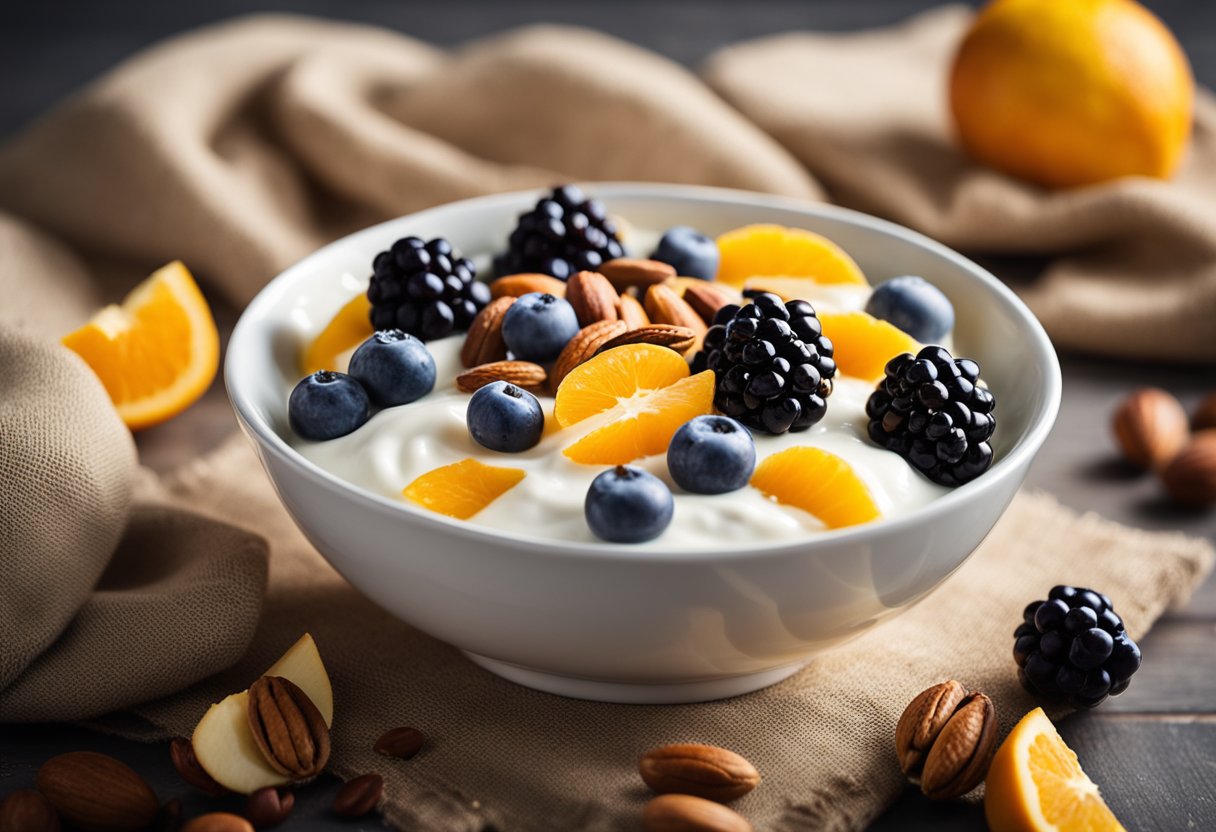
Yogurt is a widely consumed dairy product that has been linked to various health benefits. Spherical yogurt, made using the reverse spherification technique, is a unique way to consume yogurt that has been gaining popularity in recent years. Here are some of the health benefits of spherical yogurt:
Rich in Nutrients
Spherical yogurt is a good source of several essential nutrients such as calcium, vitamin B12, and phosphorus. Calcium is important for maintaining healthy bones and teeth, while vitamin B12 is essential for the proper functioning of the nervous system. Phosphorus is important for the formation and maintenance of healthy bones and teeth, as well as for the proper functioning of the kidneys.
Promotes Digestive Health
Spherical yogurt is a probiotic food, which means it contains live bacteria that are beneficial for the digestive system. These bacteria help to maintain a healthy balance of microorganisms in the gut, which can improve digestion and reduce the risk of digestive disorders such as diarrhea, constipation, and inflammatory bowel disease.
May Boost Immune System
Spherical yogurt contains lactobacillus, a type of bacteria that has been shown to stimulate the immune system. This can help to improve the body’s ability to fight off infections and diseases.
Lowers Blood Pressure
Consuming spherical yogurt may help to lower blood pressure, which is a major risk factor for heart disease. This is because yogurt contains bioactive peptides that have been shown to have a beneficial effect on blood pressure.
May Help with Weight Management
Spherical yogurt is a low-calorie food that can help you feel full for longer periods of time. This can help to reduce overall calorie intake and promote weight loss. Additionally, the probiotics in spherical yogurt may help to improve gut health, which is important for maintaining a healthy weight.
Overall, spherical yogurt is a nutritious and delicious food that can provide several health benefits. Incorporating it into your diet can help to improve your overall health and well-being.
Ingredients for Spherical Yogurt
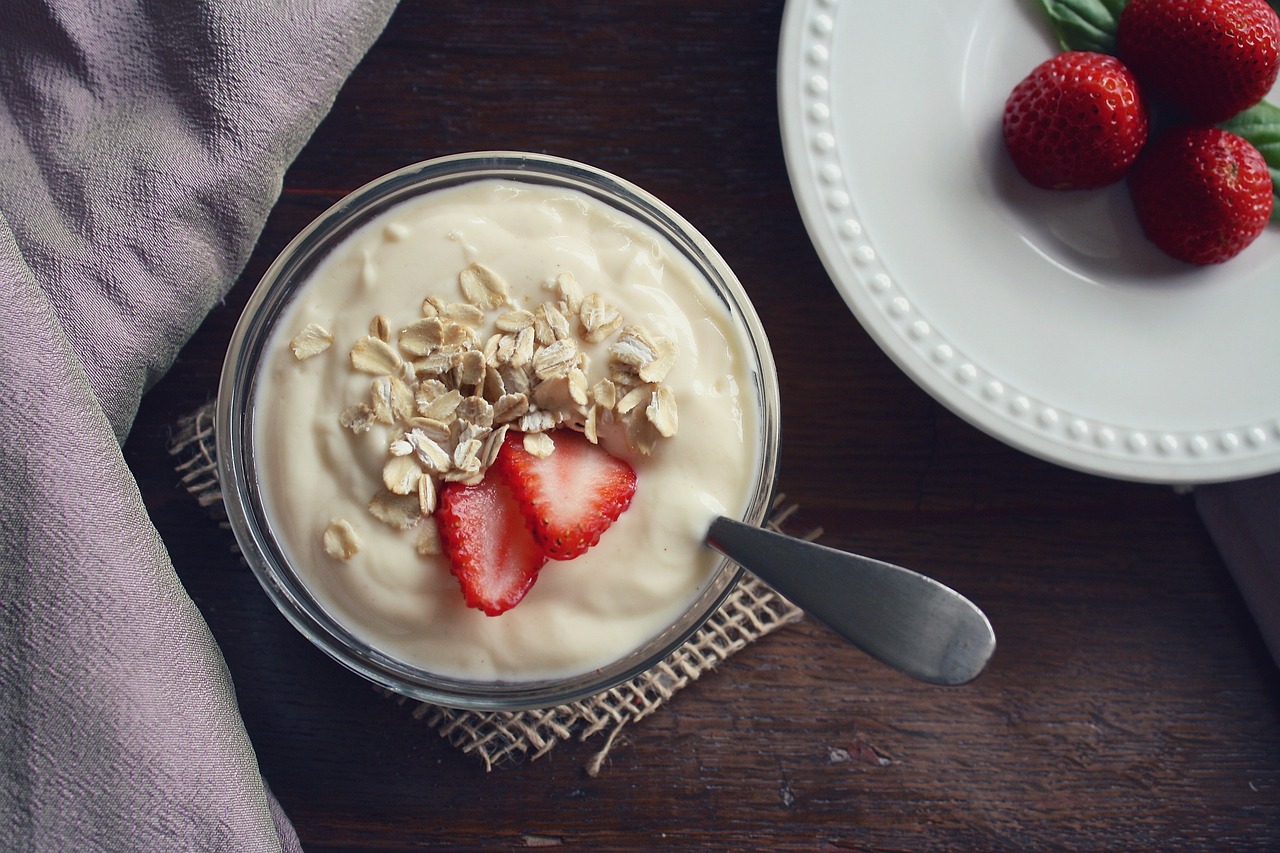
If you’re looking to make a unique and impressive dessert, spherical yogurt is a great option. This molecular gastronomy recipe is based on the reverse spherification technique, which is perfect for ingredients rich in calcium like yogurt. Here are the ingredients you’ll need to make spherical yogurt:
Plain Yogurt
For the best results, use plain yogurt that is full fat and high in calcium. Low-fat or non-fat yogurt won’t work as well because the calcium content is lower. You can use non-fat yogurt, but you’ll need to add calcium gluconate to make up for the lack of calcium.
Sodium Alginate
Sodium alginate is a natural gelling agent that is derived from seaweed. It’s used in molecular gastronomy to create a gel-like texture in liquids. You’ll need to dissolve the sodium alginate in water to create a bath for the yogurt spheres.
Calcium Chloride
Calcium chloride is a salt that is used to create a reaction with the sodium alginate. When the two are combined, they form a gel-like membrane around the yogurt sphere. This is what gives the spherical yogurt its unique texture.
Sugar
You’ll need a small amount of sugar to sweeten the yogurt mixture. You can adjust the amount of sugar to your taste preferences.
Water
You’ll need water to create the sodium alginate bath. Make sure to use filtered or distilled water to avoid any impurities that could affect the texture of the spheres.
Optional Flavorings
If you want to add some extra flavor to your spherical yogurt, you can experiment with different flavorings. For example, you could add vanilla extract, fruit puree, or honey to the yogurt mixture before creating the spheres.
Overall, making spherical yogurt requires a few unique ingredients, but the end result is worth it. With a little bit of practice, you’ll be able to create perfectly spherical yogurt spheres that are sure to impress your guests.
Equipment Needed
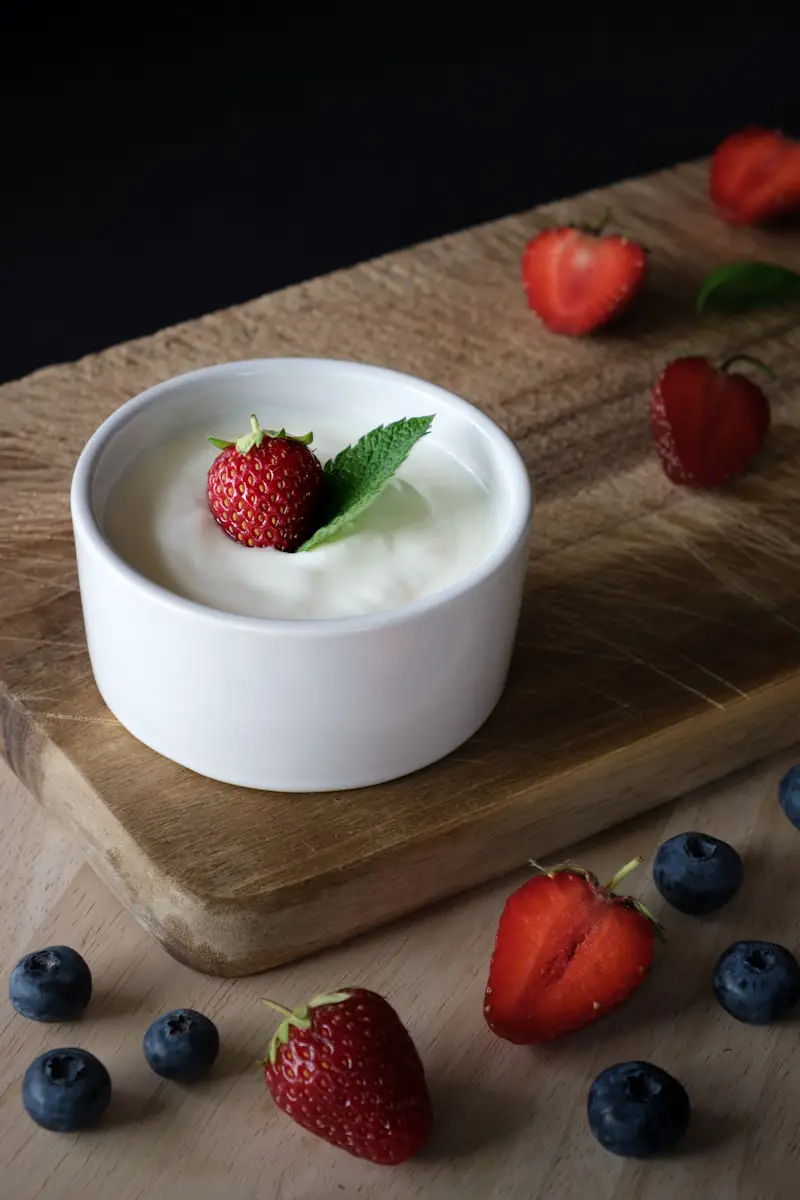
Making spherical yogurt requires some specialized equipment. Here are the items you will need to get started:
Molds for Spherification
To create the spherical shape, you will need molds. These can be purchased in various sizes and shapes. You can use silicone molds, which are flexible and easy to remove the spheres from. Alternatively, you can use plastic molds, which are more rigid and come in a wider variety of shapes and sizes.
Mixing Tools
You will need some mixing tools to prepare the yogurt and the spherification bath. Here are some items you will need:
- Measuring spoons: You will need measuring spoons to measure out the ingredients accurately.
- Whisk: You will need a whisk to mix the yogurt and any other ingredients.
- Blender: You will need a blender to mix the spherification bath. A high-speed blender is recommended for best results.
- Slotted spoon: You will need a slotted spoon to remove the spheres from the spherification bath.
It’s important to note that the equipment needed may vary depending on the recipe you choose to follow. Be sure to read the recipe carefully and gather all the necessary equipment before you begin.
Overall, making spherical yogurt is a fun and unique way to enjoy this delicious treat. With the right equipment and a little bit of practice, you can create beautiful and tasty yogurt spheres that are sure to impress your friends and family.
Preparing the Base Mixture
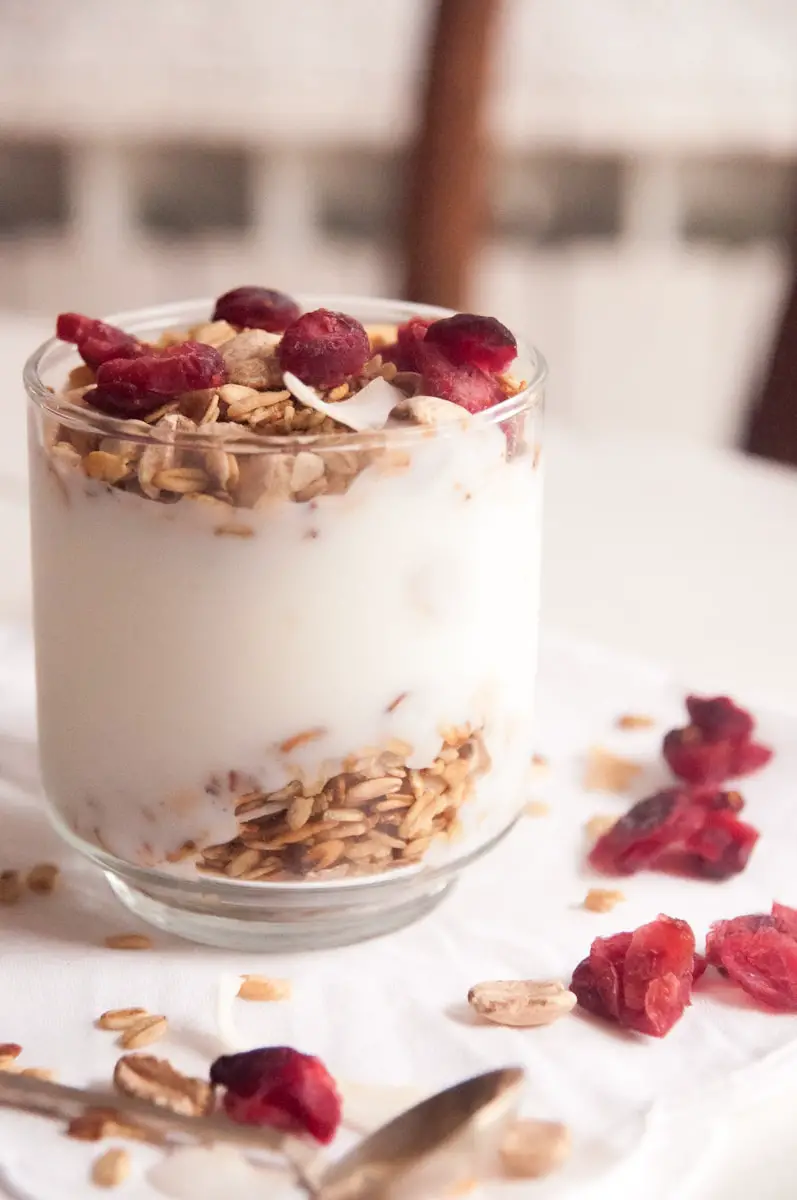
To make spherical yogurt, you need to prepare a base mixture that will be transformed into spheres using the spherification process. Here’s how to prepare the base mixture:
Ingredients
- 200 g (7 oz) of plain yogurt (do not use no fat or low fat yogurt because the calcium content is lower. Alternatively, you can use no fat but you will have to add calcium gluconate)
- 90 g (3.2 oz) heavy cream
- 30 g sugar (1 oz)
Instructions
- Start by mixing the plain yogurt, heavy cream, and sugar in a bowl until the sugar dissolves completely.
- Once the sugar has dissolved, blend the mixture using an immersion blender until it becomes smooth and homogenous.
- Pour the mixture into a container and cover it with plastic wrap. Let it rest in the refrigerator for at least 2 hours to allow the flavors to meld together.
- After 2 hours, take the mixture out of the refrigerator and stir it well to make sure it’s completely smooth.
- The base mixture is now ready to be transformed into spheres using the spherification process.
By following these simple steps, you can create a smooth and flavorful base mixture that will be the foundation of your spherical yogurt. The key to making a good base mixture is to use high-quality ingredients and to let the mixture rest in the refrigerator for at least 2 hours before using it in the spherification process.
Spherification Process
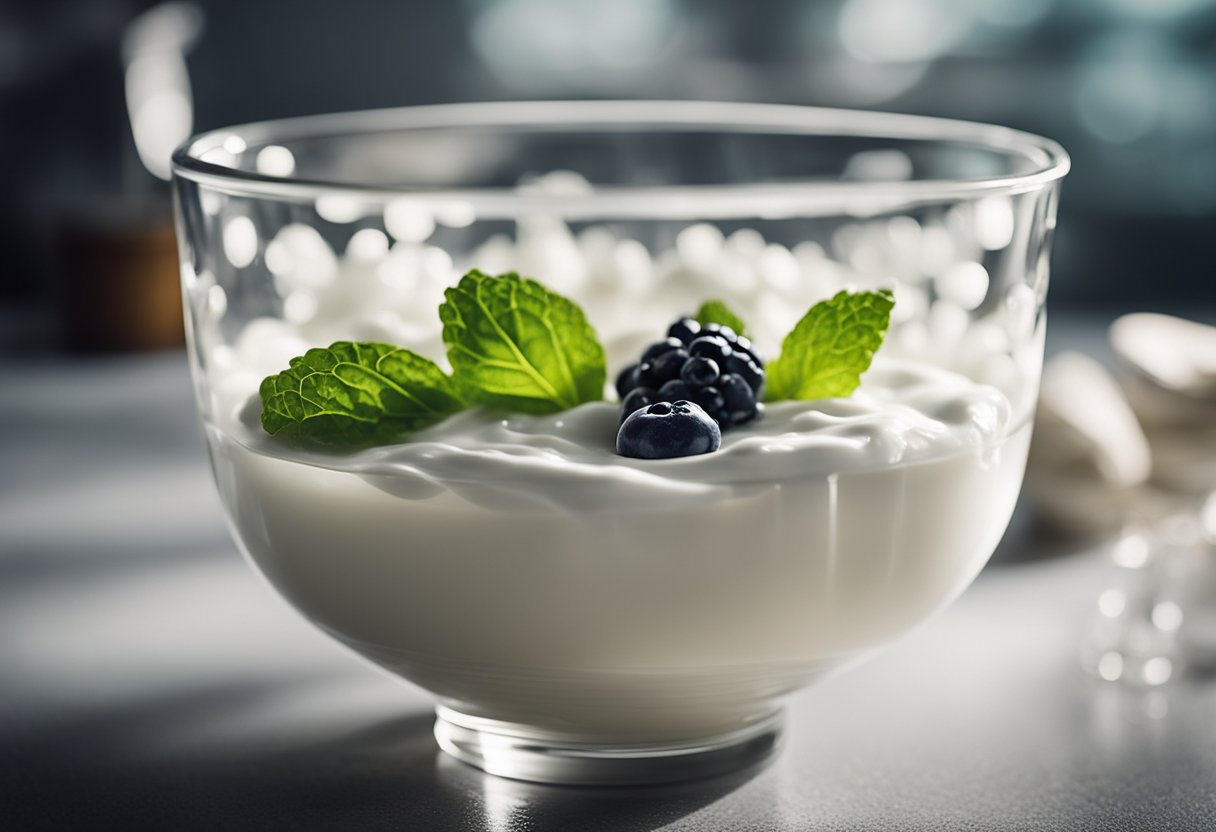
Spherification is a culinary technique that involves the creation of small, flavorful spheres that burst in your mouth. The process involves the use of sodium alginate and calcium chloride to create a gel-like outer layer around a liquid center. This technique has been used to create a variety of dishes, including spherical yogurt.
Mixing Techniques
The first step in the spherification process is to mix the sodium alginate with the liquid you want to turn into spheres. This can be done using a blender or mixer. It is important to mix the solution thoroughly to ensure that the sodium alginate is evenly distributed throughout the liquid.
When mixing the sodium alginate with yogurt, it is important to use plain yogurt that is not low-fat or fat-free. This is because these types of yogurt have a lower calcium content, which is needed for the spherification process. Alternatively, you can add calcium to low-fat or fat-free yogurt to make it suitable for spherification.
Setting the Spheres
Once the sodium alginate and liquid have been mixed, the next step is to create the spheres. This is done by dripping the mixture into a bath of calcium chloride. The calcium chloride reacts with the sodium alginate to create a gel-like outer layer around the liquid center.
It is important to leave the spheres in the calcium chloride bath for the appropriate amount of time. Leaving them in for too long can result in a tough outer layer, while not leaving them in long enough can result in a runny center. Once the spheres have set, they can be removed from the bath and rinsed with water.
In conclusion, the spherification process is a unique culinary technique that can add a fun and flavorful element to your dishes. By following the mixing and setting techniques outlined above, you can create delicious spherical yogurt that is sure to impress your guests.
Flavoring Your Spherical Yogurt
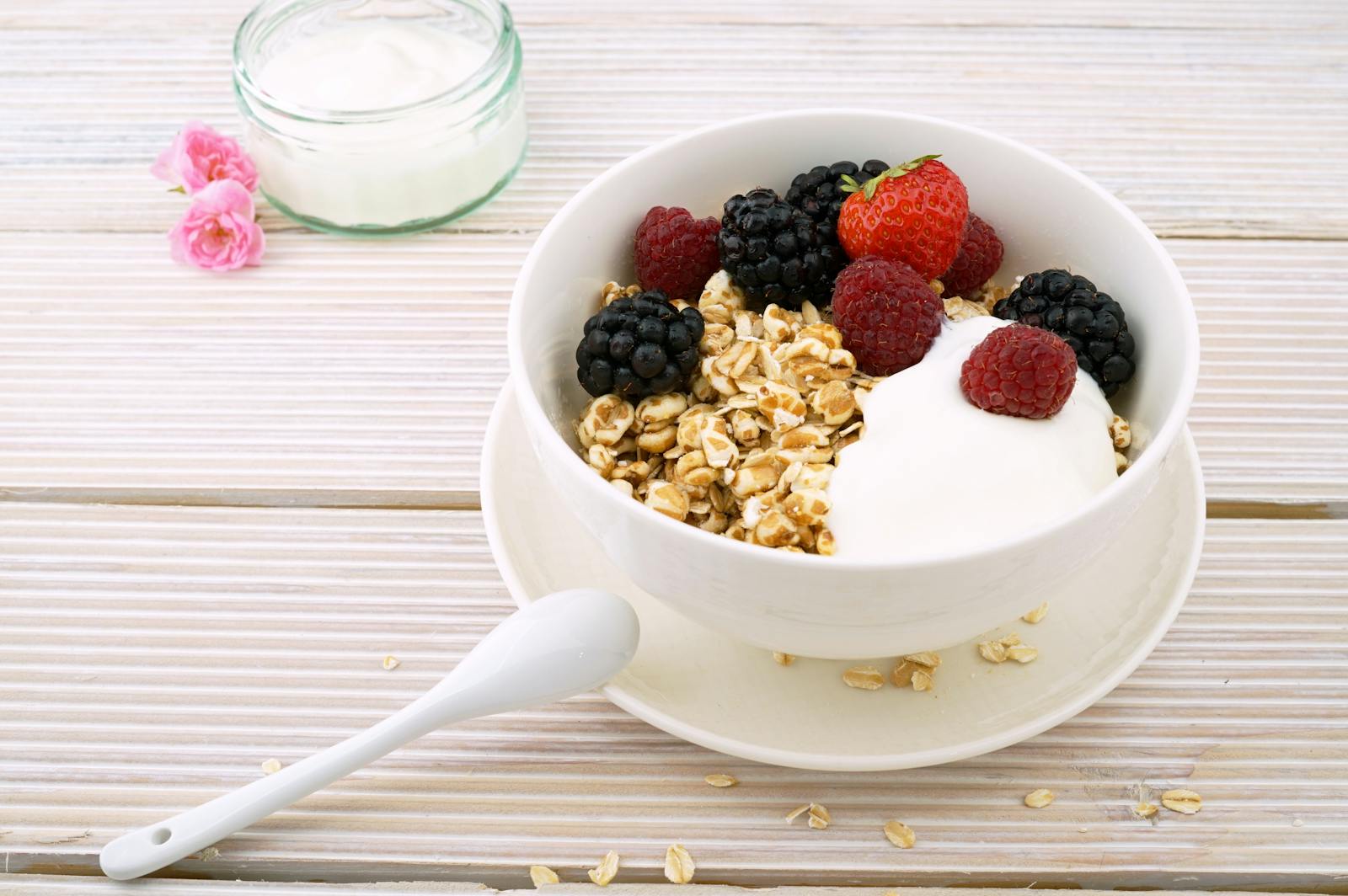
Now that you have mastered the art of creating spherical yogurt, it’s time to experiment with different flavors to make your yogurt spheres more interesting. Here are a few ideas to get you started:
1. Sweeten with Honey
Honey is a natural sweetener that pairs perfectly with yogurt. It adds a subtle sweetness to the tangy flavor of yogurt. You can add honey to your yogurt before creating the spheres or drizzle it over the finished product.
2. Add Fruit
Fruit is another great way to add flavor to your yogurt spheres. You can use fresh fruit or frozen fruit that has been thawed. Some popular fruit options include strawberries, blueberries, raspberries, and peaches. Cut the fruit into small pieces and mix it into the yogurt before creating the spheres.
3. Use Spices
Spices are a great way to add depth and complexity to your yogurt spheres. You can use a variety of spices such as cinnamon, nutmeg, cardamom, and ginger. Mix the spices into the yogurt before creating the spheres to ensure that the flavor is evenly distributed.
4. Experiment with Extracts
Extracts are a concentrated form of flavoring that can be used to add a variety of flavors to your yogurt spheres. Vanilla extract is a popular option, but you can also use almond extract, peppermint extract, or any other flavor that you enjoy. Add a few drops of the extract to the yogurt before creating the spheres.
5. Try Savory Flavors
Don’t be afraid to experiment with savory flavors when making your yogurt spheres. You can add herbs such as basil, thyme, or rosemary to the yogurt before creating the spheres. You can also add garlic, onion powder, or other savory spices to create a unique flavor profile.
Remember, the possibilities are endless when it comes to flavoring your spherical yogurt. Don’t be afraid to get creative and try new things. With a little experimentation, you can create a wide variety of delicious and unique yogurt spheres.
Serving Suggestions
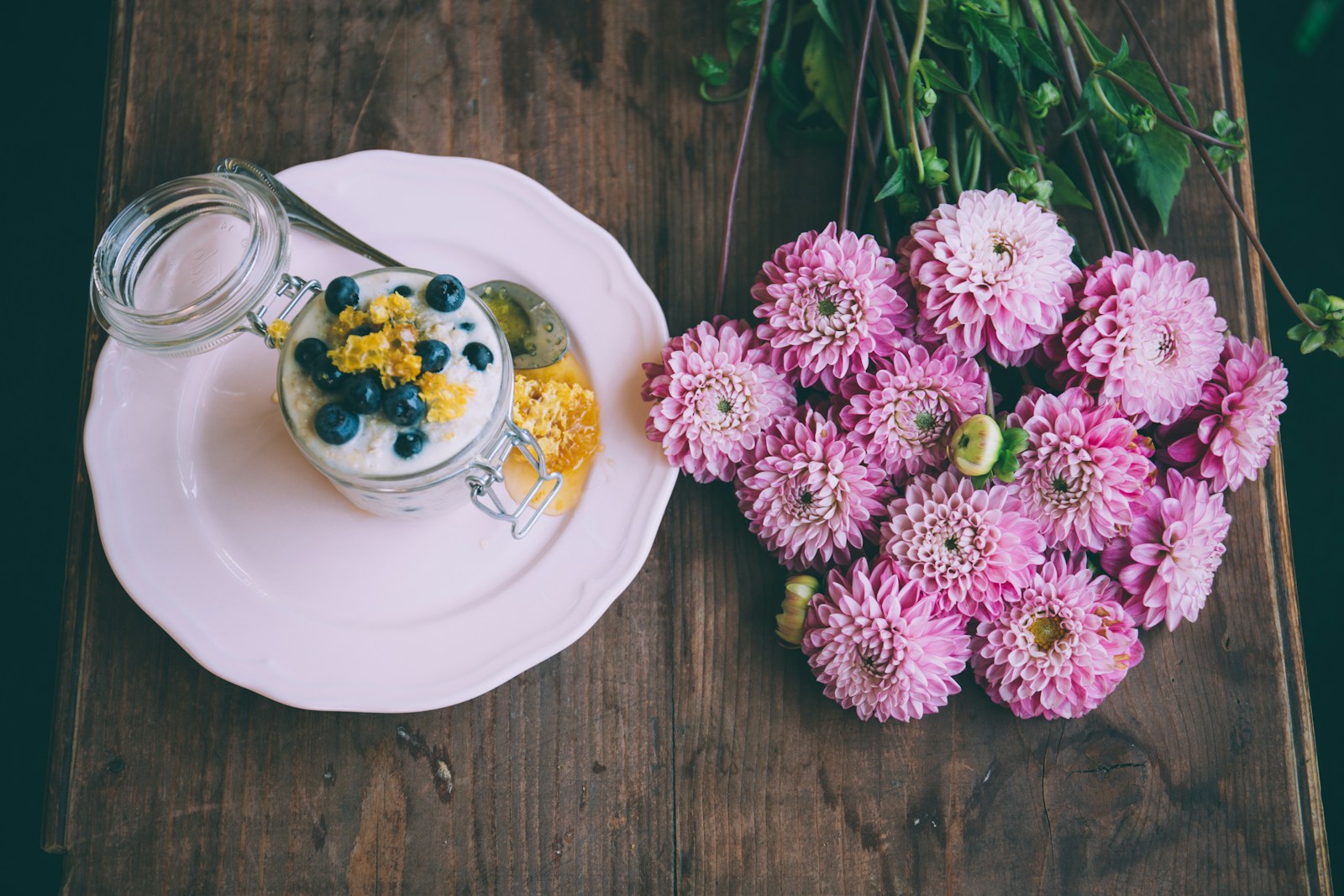
Once you have prepared your spherical yogurt, it’s time to think about how to serve it. Here are some serving suggestions to help you get started.
Pairing with Other Foods
Spherical yogurt can be paired with a variety of different foods to create a delicious and well-rounded dish. Here are some ideas to get you started:
- Fresh fruit: Spherical yogurt pairs well with fresh fruit such as raspberries, strawberries, and blueberries. The sweetness of the fruit complements the tanginess of the yogurt perfectly.
- Granola: For a crunchy texture, try pairing your spherical yogurt with some granola. You can also add some nuts and seeds for added nutrition and flavor.
- Honey: Drizzle some honey over your spherical yogurt for a touch of sweetness. You can also add some nuts or fruit on top for added texture and flavor.
Presentation Tips
Spherical yogurt is a unique and visually appealing dish that can be presented in a variety of ways. Here are some presentation tips to make your dish look as good as it tastes:
- Use a clear glass: To show off the spherical shape of your yogurt, use a clear glass to serve it in. This will allow people to see the yogurt from all angles.
- Add some color: To make your dish more visually appealing, add some colorful fruit or toppings on top of the spherical yogurt. This will make it look more appetizing and appealing.
- Experiment with shapes and sizes: Don’t be afraid to experiment with different shapes and sizes when making your spherical yogurt. You can create different sizes and shapes using different molds to create a visually interesting dish.
Overall, serving spherical yogurt is a fun and creative way to enjoy this delicious dish. Experiment with different pairings and presentation styles to find the perfect combination that works for you.
Storing and Preservation
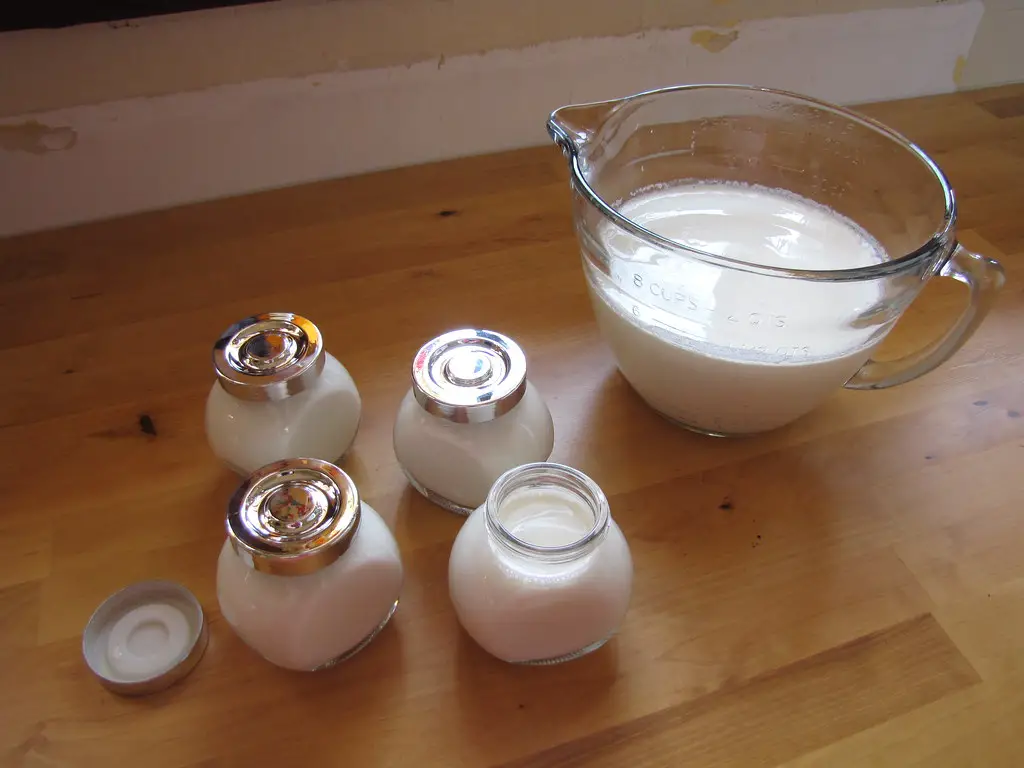
Once you have made your spherical yogurt, you may wonder how to store and preserve it. Here are some tips to help you keep your yogurt spheres fresh for as long as possible.
Refrigeration
Spherical yogurt should be stored in an airtight container in the refrigerator. This will help to prevent the yogurt from drying out or absorbing unwanted flavors. You can store the spheres in their alginate bath or remove them and store them in a separate container. If you decide to store the spheres in their alginate bath, make sure that the bath is also stored in an airtight container.
Freezing
It is not recommended to freeze spherical yogurt as it can change the texture and affect the overall quality of the spheres. However, if you must freeze them, it is best to remove them from the alginate bath and store them in an airtight container. When you are ready to use them, allow them to thaw in the refrigerator before serving.
Shelf Life
The shelf life of spherical yogurt depends on several factors, including the freshness of the yogurt used and the storage conditions. Generally, spherical yogurt can be stored in the refrigerator for up to 2-3 days. After this time, the spheres may begin to lose their shape and texture.
Tips
To extend the shelf life of your spherical yogurt, consider adding a preservative such as citric acid or sodium benzoate to the yogurt mixture. Additionally, you can try using a vacuum sealer to remove any excess air from the storage container, which can help to prevent the yogurt from oxidizing and spoiling.
Troubleshooting Common Issues
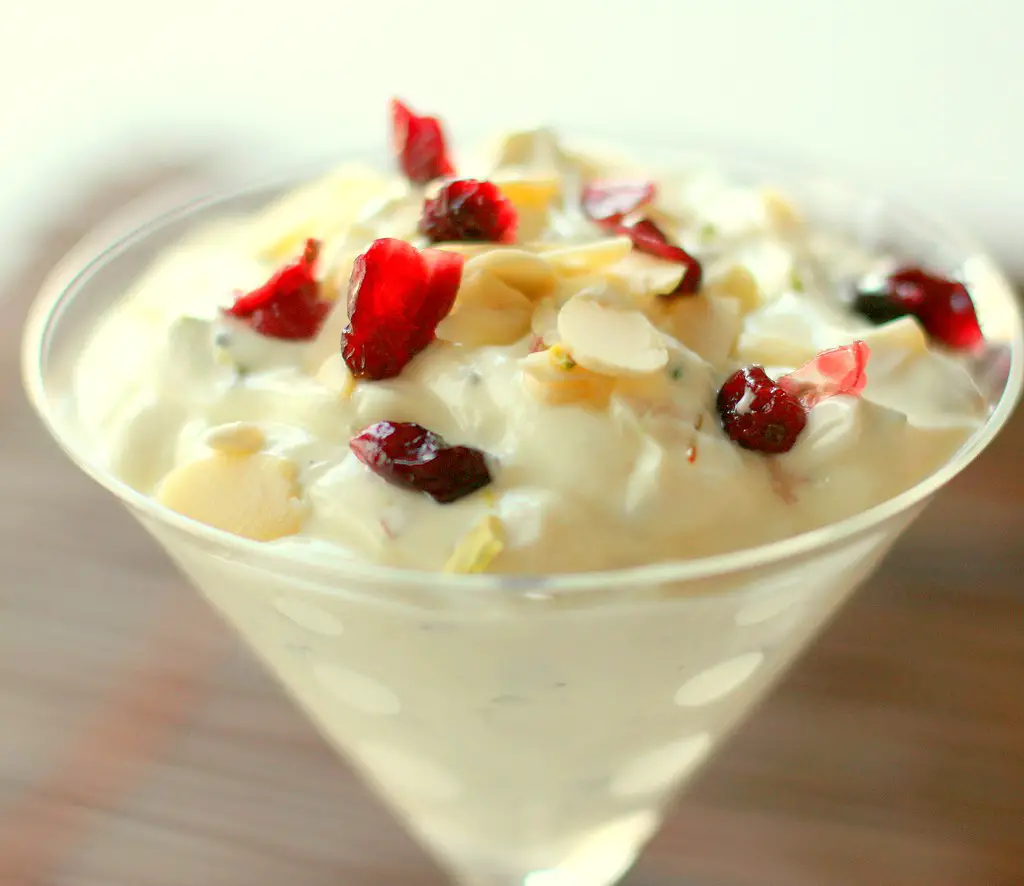
Making spherical yogurt can be a fun and rewarding experience, but sometimes things can go wrong. Here are some common issues you might encounter and how to troubleshoot them.
Yogurt is too runny
If your yogurt is too runny, it might be due to not incubating it for long enough or not using enough starter culture. Make sure to incubate the yogurt for at least 8 hours at a temperature of 110-112°F. Also, make sure to use enough starter culture. A good rule of thumb is to use 2 tablespoons of starter per quart of milk.
Yogurt is too thick
If your yogurt is too thick, it might be due to incubating it for too long or using too much starter culture. Try incubating the yogurt for a shorter period of time, around 6-7 hours. Also, try using less starter culture, around 1 tablespoon per quart of milk.
Yogurt has a sour taste
If your yogurt has a sour taste, it might be due to incubating it for too long or at too high of a temperature. Try incubating the yogurt for a shorter period of time, around 6-7 hours, or at a lower temperature, around 105-107°F.
Yogurt has a bitter taste
If your yogurt has a bitter taste, it might be due to using too much starter culture or incubating it for too long. Try using less starter culture, around 1 tablespoon per quart of milk, and incubating it for a shorter period of time, around 6-7 hours.
Yogurt has a grainy texture
If your yogurt has a grainy texture, it might be due to incubating it at too high of a temperature or not stirring it enough. Make sure to stir the yogurt well before incubating it and try incubating it at a lower temperature, around 105-107°F.
By following these troubleshooting tips, you can ensure that your spherical yogurt turns out perfectly every time.
Frequently Asked Questions
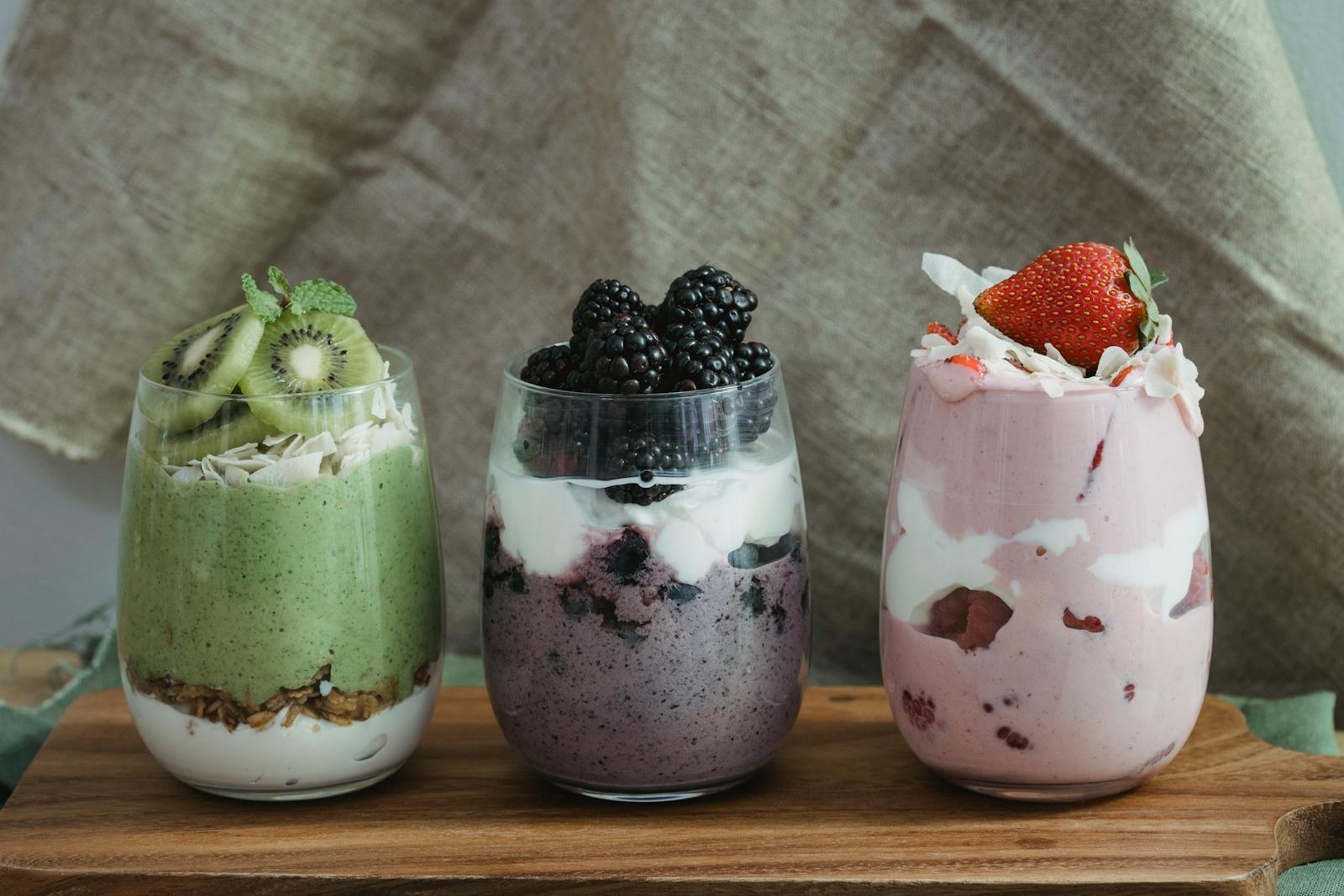
What are the steps to creating yogurt spheres using molecular gastronomy techniques?
To create yogurt spheres using molecular gastronomy techniques, you will need to use a process called reverse spherification. The process involves creating a bath of sodium alginate, which is a natural gum derived from seaweed, and then adding calcium-rich ingredients like yogurt to the bath. The calcium in the yogurt reacts with the sodium alginate to create a thin membrane around the yogurt, forming a sphere. To create the spheres, you will need to use a slotted spoon to carefully scoop the yogurt mixture into the alginate bath, and then gently stir the bath to ensure that the spheres form evenly.
Can you explain the process of reverse spherification for culinary applications?
Reverse spherification is a molecular gastronomy technique that is used to create spheres of liquid or semi-liquid ingredients. The process involves creating a bath of sodium alginate, which is a natural gum derived from seaweed, and then adding calcium-rich ingredients to the bath. When the calcium-rich ingredients are added to the bath, the calcium ions react with the sodium alginate to create a thin membrane around the ingredient, forming a sphere. Reverse spherification is often used in culinary applications to create unique dishes that have a visually appealing presentation.
What is the ideal ratio of ingredients for successful reverse spherification?
The ideal ratio of ingredients for successful reverse spherification will depend on the specific recipe you are using. However, as a general rule, you will need to use a calcium-rich ingredient like yogurt or milk, and a bath of sodium alginate. The ratio of calcium-rich ingredient to sodium alginate will depend on the specific recipe, but a common ratio is 2% calcium-rich ingredient to 0.5% sodium alginate.
How can I make a spherification science fair project?
To make a spherification science fair project, you can use the reverse spherification technique to create spheres of different liquids. For example, you could create spheres of fruit juice, milk, or even water. To create the spheres, you will need to create a bath of sodium alginate, and then add the liquid to the bath. Once the spheres have formed, you can experiment with different variables like the size of the spheres, the temperature of the bath, or the concentration of the ingredients to see how they affect the final product.
What are the best liquids to use for spherification?
The best liquids to use for spherification will depend on the specific recipe you are using. However, as a general rule, you will want to use a liquid that is rich in calcium ions, as this will help to create a strong membrane around the liquid. Some common liquids used for spherification include yogurt, milk, fruit juice, and even alcoholic beverages.
What equipment is necessary to make molecular cocktail balls?
To make molecular cocktail balls, you will need some basic equipment like a slotted spoon, a whisk, and a measuring cup. You will also need some specialized equipment like a digital scale, a precision pipette, and a molecular gastronomy kit that includes ingredients like sodium alginate and calcium lactate. With these tools, you can create unique and visually appealing cocktail balls that are sure to impress your guests.
External Links
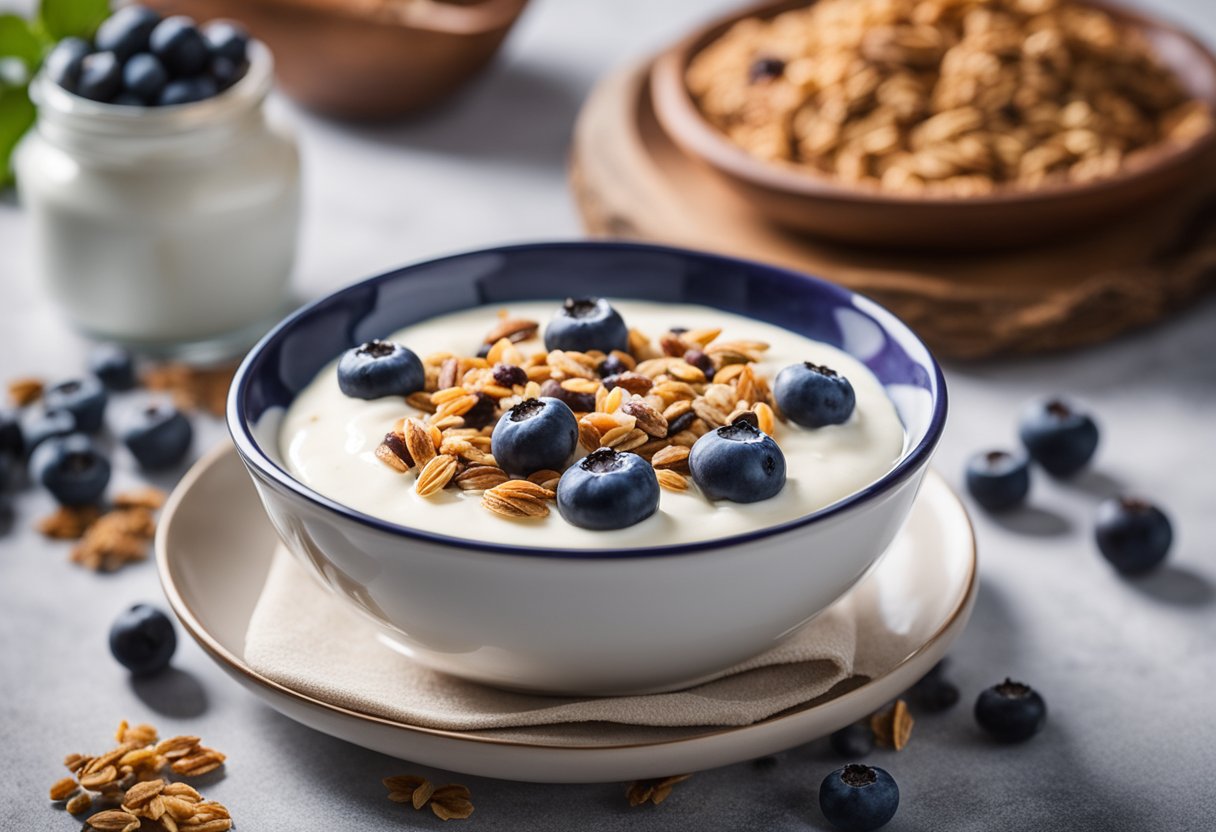
If you’re interested in learning more about the spherical yogurt recipe, here are some external links that you may find helpful.
- PDF Spherical Yogurt Recipe (Reverse Spherification) – University of Cambridge: This PDF document from the University of Cambridge provides detailed instructions on how to make spherical yogurt using the reverse spherification technique. It includes a list of ingredients, step-by-step instructions, and helpful tips and tricks.
- Spherical Yogurt Recipe | Molecular Recipes: This recipe from Molecular Recipes is based on the reverse spherification technique, which is ideal for ingredients rich in calcium like yogurt. It includes a list of ingredients, step-by-step instructions, and helpful tips for achieving the perfect texture and flavor.
- Make Yogurt Spheres Using Molecular Gastronomy | Science Project: This science project from Science Buddies provides instructions on how to make yogurt spheres using the reverse spherification technique. It includes a list of materials, step-by-step instructions, and helpful tips for experimenting with different flavors and textures.
- Spherical Yogurt – Carter Family Recipes: This recipe from Carter Family Recipes is based on the reverse spherification technique and is great for ingredients rich in calcium like yogurt. It includes a list of ingredients, step-by-step instructions, and helpful tips for achieving the perfect texture and flavor.
- PDF Spherical Yogurt Recipe (Reverse Spherification) | Engineering Biology …: This PDF document from the Department of Biochemistry at the University of Cambridge provides detailed instructions on how to make spherical yogurt using the reverse spherification technique. It includes a list of ingredients, step-by-step instructions, and helpful tips and tricks.
These external links provide a wealth of information on the spherical yogurt recipe and how to make it using the reverse spherification technique. Whether you’re a beginner or an experienced chef, these resources can help you achieve the perfect texture and flavor for your spherical yogurt.
More FAQs
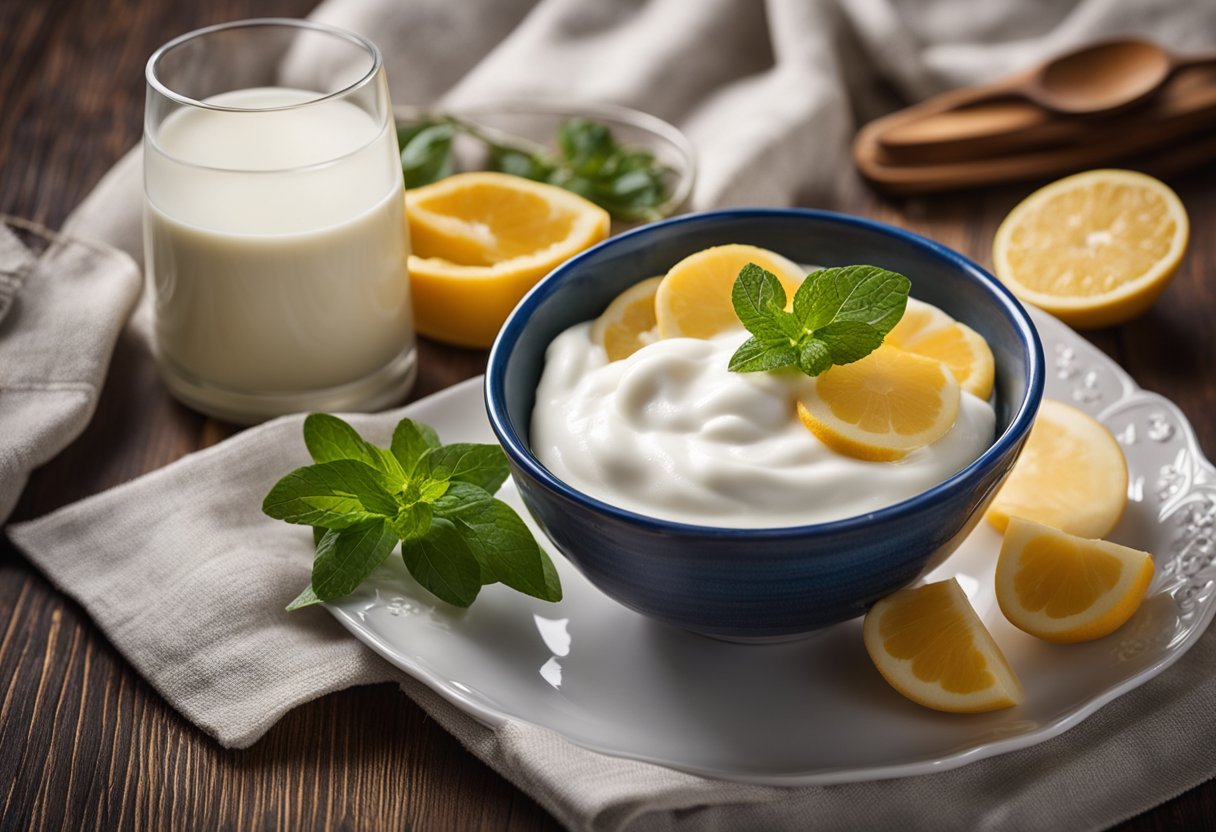
How long does homemade yogurt last?
Homemade yogurt can last up to 2 weeks in the refrigerator. However, its shelf life depends on the method used to make it, the temperature at which it was stored, and the ingredients used. To ensure that your homemade yogurt lasts longer, store it in an airtight container and keep it refrigerated.
Why did my yoghurt not set?
There are several reasons why your yogurt may not have set. One of the most common reasons is that the temperature was too low or too high. The ideal temperature for yogurt making is between 110°F and 115°F. If the temperature is too low, the yogurt will not set, and if it is too high, the yogurt will curdle.
Another reason why your yogurt may not have set is that the starter culture was not strong enough. To ensure that your yogurt sets properly, use a fresh and active starter culture.
What are the requirements for making yogurt?
To make yogurt, you need milk and a starter culture. The milk can be any type of milk, including cow’s milk, goat’s milk, or soy milk. The starter culture can be yogurt from a previous batch or a commercial yogurt starter culture.
You will also need a thermometer to monitor the temperature of the milk and a pot to heat the milk. Once the milk has been heated, it needs to be cooled to the appropriate temperature before adding the starter culture.
What are the best conditions that yogurt can grow in?
Yogurt grows best in warm and humid conditions. The ideal temperature for yogurt growth is between 110°F and 115°F. The humidity level should be around 90%.
To ensure that your yogurt grows properly, it is important to maintain a consistent temperature and humidity level throughout the fermentation process. This can be achieved by using a yogurt maker or a warm place in your kitchen.
Conclusion
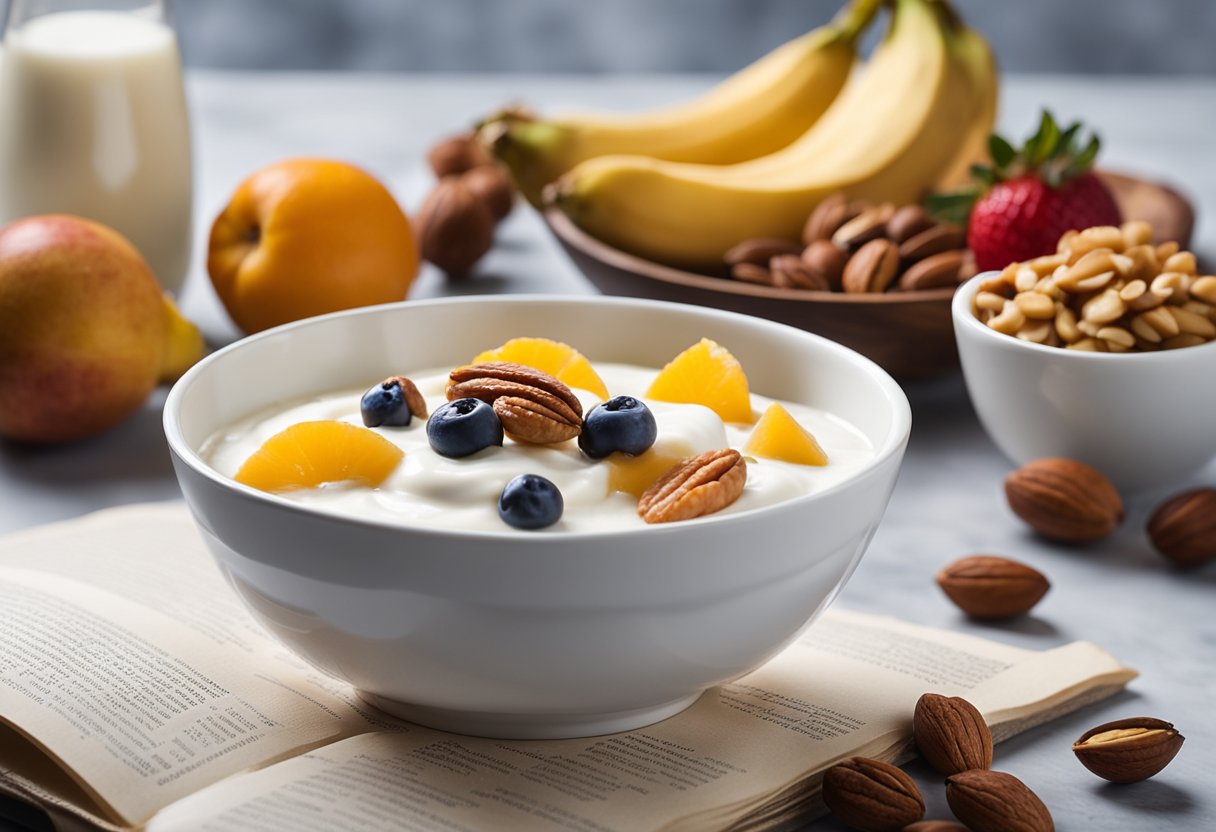
By following the steps outlined in this article, you can easily create your own spherical yogurt using the reverse spherification technique. This method involves creating a sodium alginate bath and carefully dropping in spheres of yogurt, which then form a thin gel-like membrane around the outside.
One of the benefits of this technique is that it allows you to create unique and visually stunning dishes that will impress your guests. You can experiment with different flavors and textures of yogurt, as well as different liquids to create a variety of spheres.
Another benefit of making spherical yogurt is that it can be a fun and educational activity for kids who are interested in science and cooking. They will enjoy watching the spheres form and learning about the science behind the process.
Overall, making spherical yogurt is a simple and rewarding process that can add an extra touch of elegance to your meals. So why not give it a try and impress your guests with your culinary skills?
Print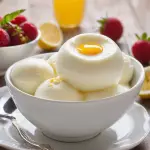
spherical yogurt recipe
- Total Time: 2 hours 10 minutes
- Yield: 12 balls 1x
- Diet: Vegetarian
Description
Spherical Yogurt Balls
Ingredients
- 2 cups of plain yogurt
- 1/4 cup of honey
- 1 teaspoon of vanilla extract
- 1/2 cup of fresh fruit (optional)
Instructions
- In a bowl, mix the yogurt, honey, and vanilla extract until smooth.
- If using fresh fruit, gently fold it into the yogurt mixture.
- Using a small scoop, form the yogurt mixture into small balls.
- Place the balls on a parchment-lined tray and freeze for 2 hours.
- Once frozen, transfer the spherical yogurt balls to an airtight container and store in the freezer.
Notes
These spherical yogurt balls are a delightful and healthy treat that can be enjoyed as a guilt-free snack or dessert option. Feel free to customize them with your favorite fruits or toppings for added variety.
- Prep Time: 10 minutes
- Category: Snack/Dessert
- Method: Freezing
- Cuisine: American
Nutrition
- Serving Size: 2 balls
- Calories: 120
- Sugar: 10g
- Sodium: 50mg
- Fat: 3g
- Carbohydrates: 18g
- Fiber: 1g
- Protein: 5g
- Cholesterol: 10mg
Keywords: Spherical Yogurt Recipe
